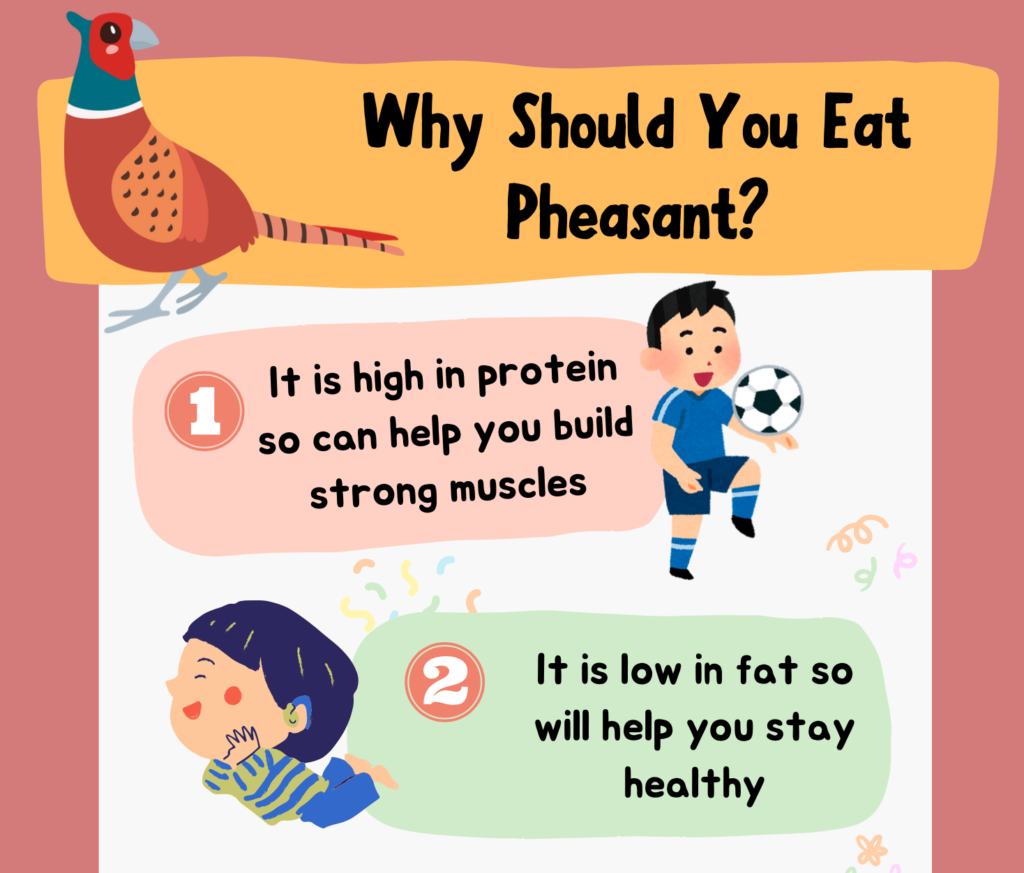
Since its inception, Eat Wild has made it their mission to directly address consumers who have never heard of game, and ever since, they have continuously, successfully reached new audiences and changed the perception of it. In recent months alone, Eat Wild has made significant strides in creating new markets for wild meat across a plethora of venues including importantly, in schools.
Educating the next generation about the benefits of wild meat is so important. It opens the door to the countryside and all it has to offer, giving nutritional information and importantly, freedom of choice for people to enjoy a food source that is both sustainable and the production of which delivers a wealth of economic, social and environmental benefits.
In those early years in particular, they are curious, eager to learn, and open-minded. They approach the food without prejudice or judgement and enjoy it for what it is.
With this in mind, Eat Wild aims to educate as many children as possible about the benefits of wild meat. With Eat Wild’s new and accessible flyers, it is now possible for schools to share this knowledge in classrooms and kitchens across the country. If you would like copies of the flyers then contact Louisa on the email below.
If schools are interested in putting game on their menu, we encourage them to discuss their options with the companies they buy in with, or get in touch directly with Eat Wild CEO Louisa Clutterbuck at info@eatwild.co if they would like to learn more.
You won’t have missed that Tops Nurseries, an early education centre that includes 32 nurseries across Dorset and Hampshire, was among the first in its sector to make the move and put wild meat on its menu. Working in collaboration with Eat Wild, Tops Nurseries developed five different wild meat meals. Across the 32 sites, the children are now being provided with wild meat meals three times a week on a three-week cycle, totalling 3,000 wild meat meals per month.
When developing recipes for school menus, it is important to draw on dishes that the children are already familiar with. Venison behaves very much like beef, so substituting it’s use in bolognese, lasagne, tacos, and pasties that are already on the menu works very well. Some of the dishes on the menu at Tops Nurseries which are now wild meat based include venison bolognese, venison lasagne, venison blackberry and herby potato pasties, and venison and black bean tacos.
The feedback has been incredibly positive not only from the pupils at Tops Nurseries, but also from the press and wider public. Parents have also loved it, and some have even asked if they can join the children for lunch.
The next step on this journey will be Eat Wild’s presence at the Glendale Children’s Education Day in Northumberland this June, where last year 1,500 6-11 year-olds were offered the opportunity to learn about British game and the benefits surrounding its consumption. The children will be able to observe venison butchery and then taste the cooked meat themselves. Interactive drawings and photos will be used to show the children what they are eating and the nutritional benefits of the meat.
Eat Wild’s efforts to integrate wild meat into school menus represents a significant advancement in promoting sustainable and nutritious food options among the younger generation. These efforts not only enhance children’s understanding of where their food comes from but also encourage a broader acceptance and enjoyment of sustainable food sources. As they expand their reach, Eat Wild are well on their way to ensuring that wild meat becomes a familiar and favoured option in school kitchens across the country.

